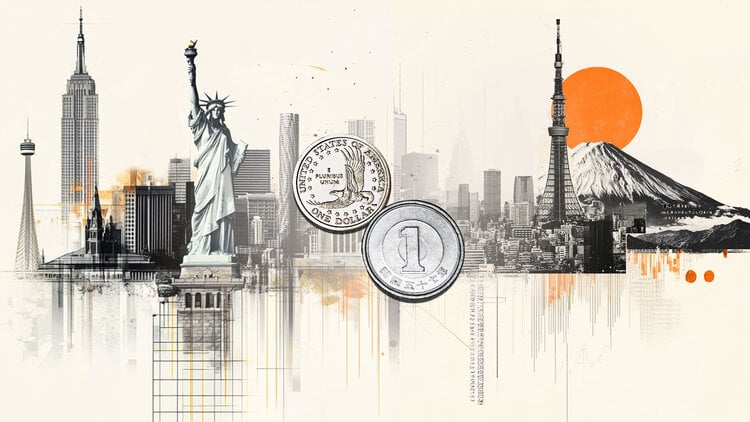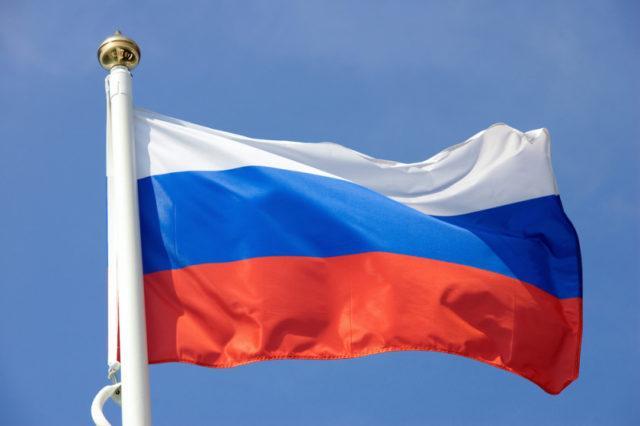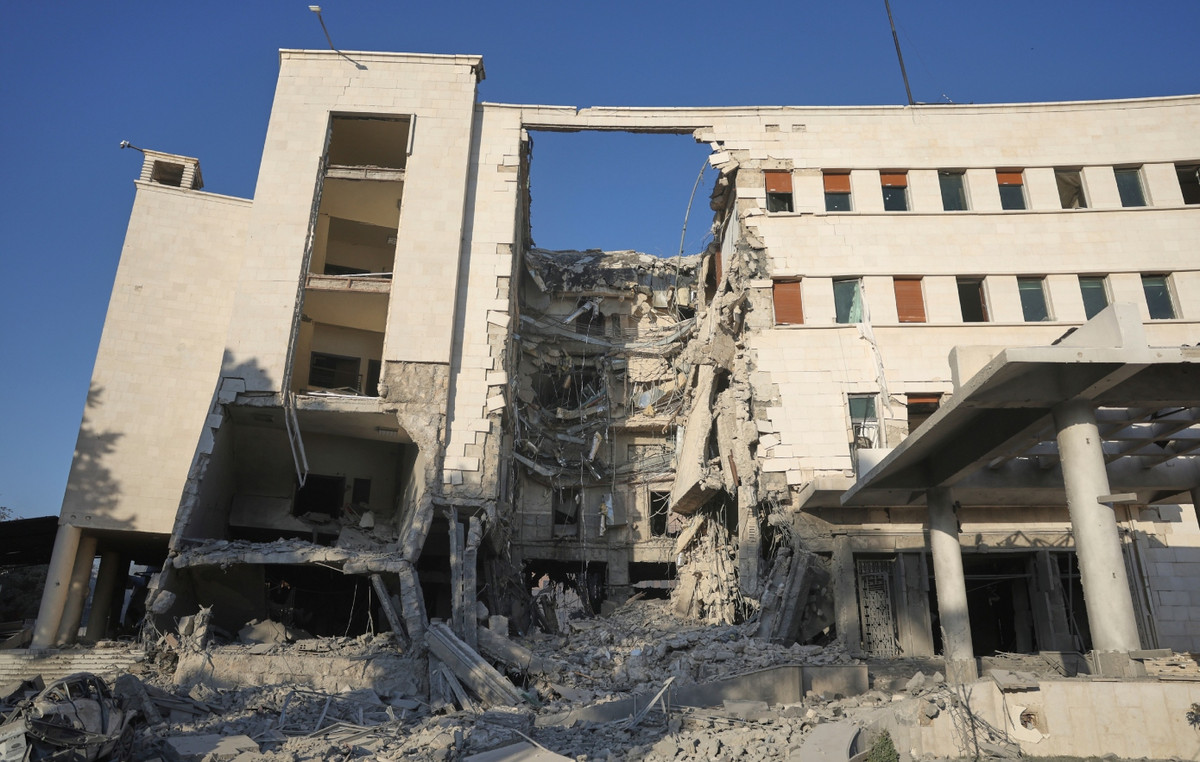The European Parliament and member states today begin a day of intense negotiations aimed at achieving progress before the end of December on the difficult reform of the EU’s immigration policy.
Target: to reach the final adoption in the spring, before the European elections, of the “Pact on migration and asylum”, presented by the European Commission in September 2020.
The EU is faced in recent years with an increase in the number of irregular immigrants: nearly 269,000 have been registered since the start of the year, according to the International Organization for Migration, the highest number since 2016.
Here are the four main elements of the reform under discussion.
Compulsory solidarity
A new regulation should replace “Dublin II”, which defines which EU country should examine migrants’ asylum claims, although the principle, that the first country of entry to the EU is responsible for examining the request for asylum, it remains.
However, in order to offer assistance to the Mediterranean countries, where many migrants arrive, a mandatory solidarity mechanism is foreseen. EU countries should accept a certain number of asylum seekers (relocations) each year, otherwise offer money, material support measures or personnel to the countries under the most pressure.
The European Parliament insists that relocations be prioritized, making them almost automatic in the event rescuing migrants at sea. An issue important to Italy, but which provokes the reaction of other member countries.
The European Council provides 30,000 relocations per year and has set at 20,000 euros the amount to be paid to a country for each immigrant, “who is not resettled”.
Response in case of crisis
The crisis and force majeure regulation aims to organize the EU’s response in the event of a massive influx of migrants into a member state, as happened in 2015-16 with the migration crisis. In this case too, mandatory solidarity between member countries is foreseen, but also the application of a less protective than usual regime for asylum seekers, with a possible extension of their detention at the bloc’s external borders.
The Council wants cases of “tooling” of migrants to fall under this regulation. These are the cases in which a third country organizes the passage of migrants from its territory to the EU.
Immigrant filtering
The filtering setting provides for the submission of Immigrants in identity checks, health checks and security checks at the EU’s external borders, in order to quickly decide on the procedure to be followed: examination of an asylum claim – expedited or not – or return to the country of origin or transit.
Accelerated asylum procedure
This procedure will be applied to asylum seekers who are less likely to receive a positive response: those who come from countries for which the rate of return of some form of protection in the EU is on average below 20%.
Their applications will be urgently processed in centers not far from the EU’s external borders in order to facilitate their deportation. These migrants could be detained or subjected to alternative measures, such as house arrest.
The European Parliament, which initially wanted this procedure not to be mandatory, unlike the member countries, is ready to reach a compromise, but asks for safeguards in terms of respecting the fundamental rights.
MEPs are mainly asking families with children to go through the classic asylum procedure. Disagreements among negotiators also concern the maximum length of this process, as well as the idea of safe third countries to which migrants can be sent.
Source: News Beast
With 6 years of experience, I bring to the table captivating and informative writing in the world news category. My expertise covers a range of industries, including tourism, technology, forex and stocks. From brief social media posts to in-depth articles, I am dedicated to creating compelling content for various platforms.







